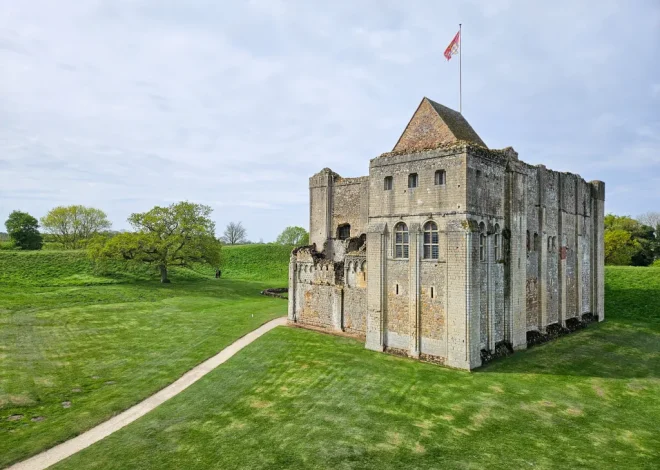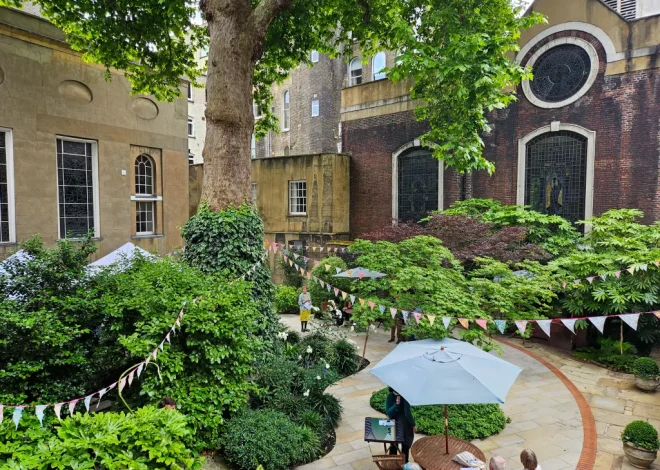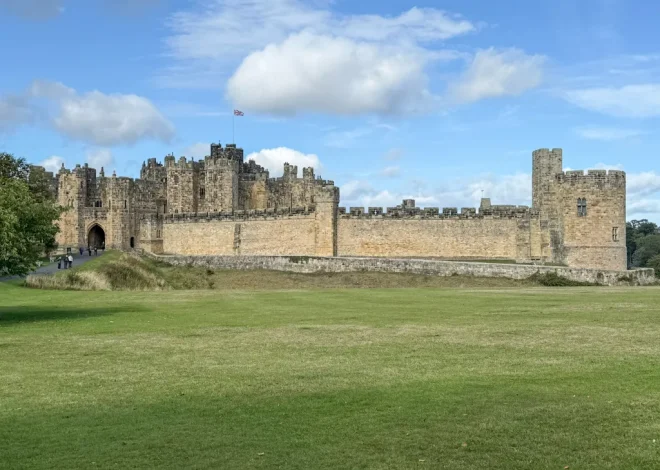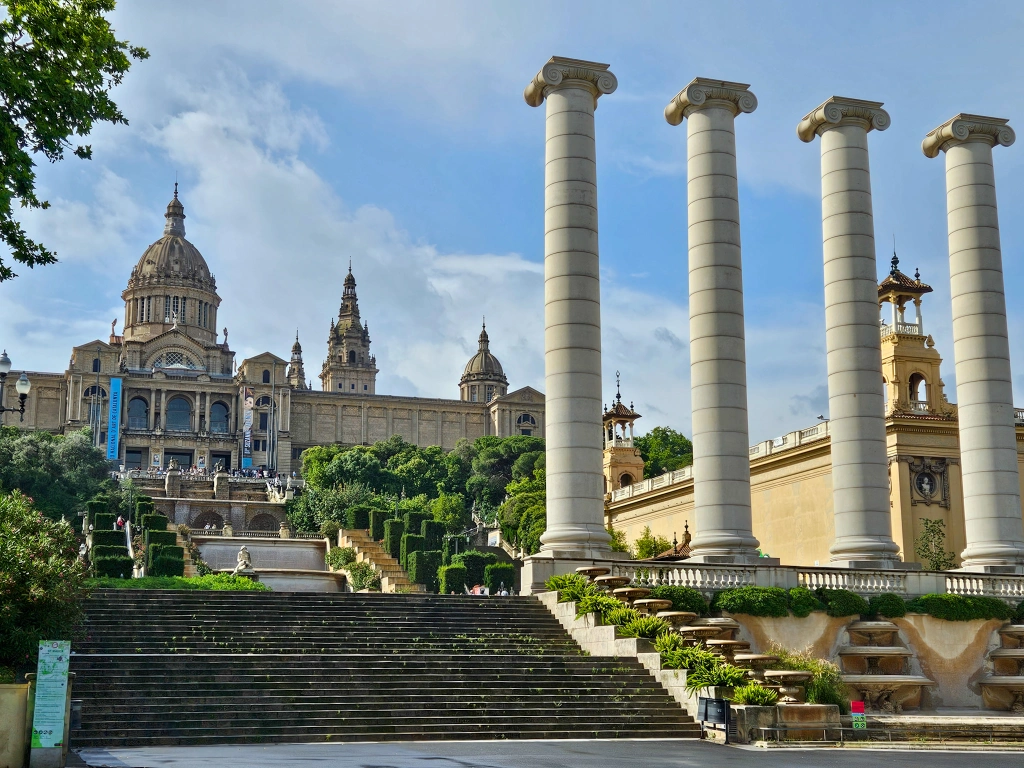
Montju?c, Barcelona: Barrio Guide
I was last in Barcelona when I was a teenager, along with my parents and grandparents. We visited a lot of the main attractions, but despite driving past it on an open top bus, we didn’t stop at the famous Olympic Stadium which formed some of my earliest childhood memories. So, when I was sent to Barcelona on a work conference, a visit to the Stadium was top of my list. I booked in to a hotel nearby so I could spend the Sunday before the conference taking it all in in no rush.
It wasn’t until I googled it that I realised how much there is to do in magical Montju?c, the barrio (area) in which the Olympic Stadium sits. I had a fun day exploring (apart from one MAJOR disappointment but I won’t spoil it yet…), and so thought it only right to bring you my full Montju?c Barrio Guide!
About Montju?c
Montju?c, literally translating as ‘Jewish Mountain’ in Catalan, was the birthplace of Barcelona as a city, and its strategic location on the Mediterranean has made it significant throughout history. Montju?c has been the site of various fortifications, including the Castle dating back to the 17th century. The area was also associated with political imprisonments and executions, and held significance during the Spanish Civil War.
The Mountain has been slowly developed over the years, with many of its human development dating back to the 1929 International Exposition and, of course, my beloved Olympics in 1992. However, a lot of its greenery is maintained, and it’s effectively treated as one large (steep) park.
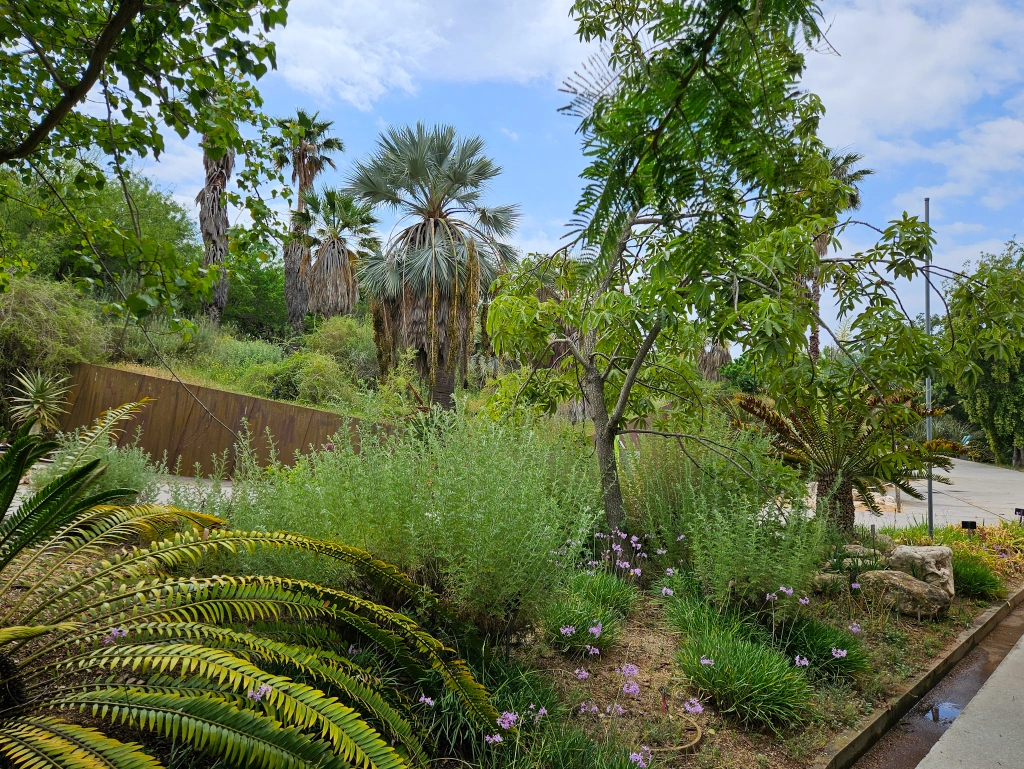
Today the mountain hosts, as well as numerous parks, art galleries, museums, a cable car and lots of beautiful buildings, topped off with the castle still sitting atop the mountain. It’s actually really incredibly beautiful, and well worth a day of your time if you can spare it whilst in the city.
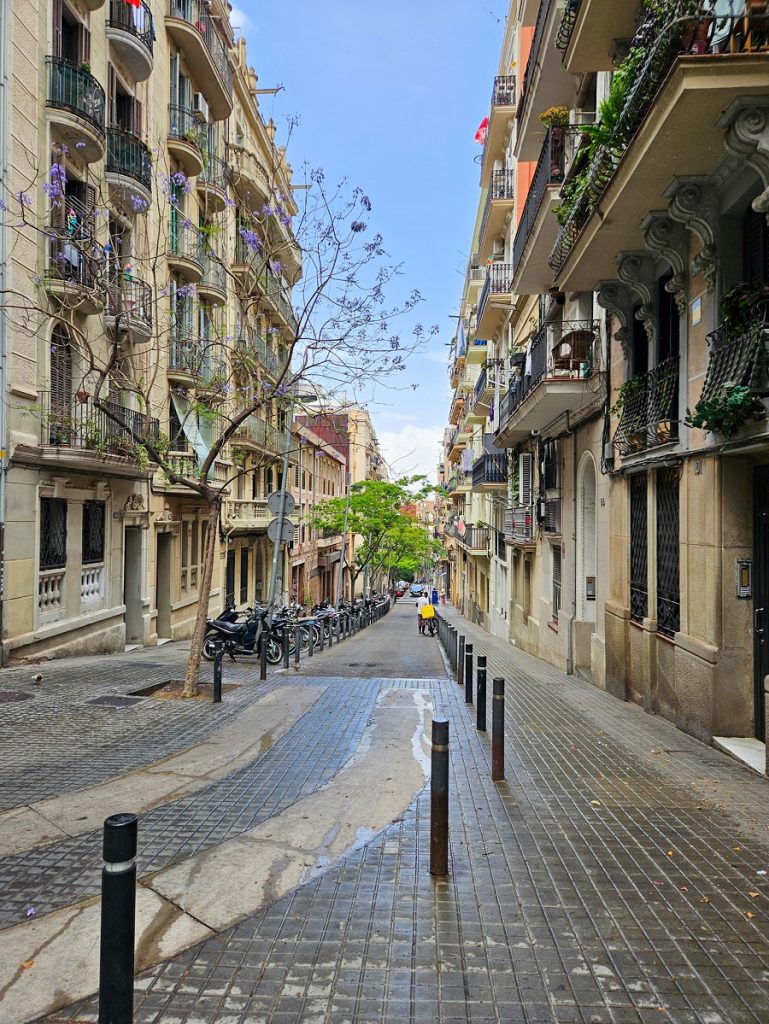
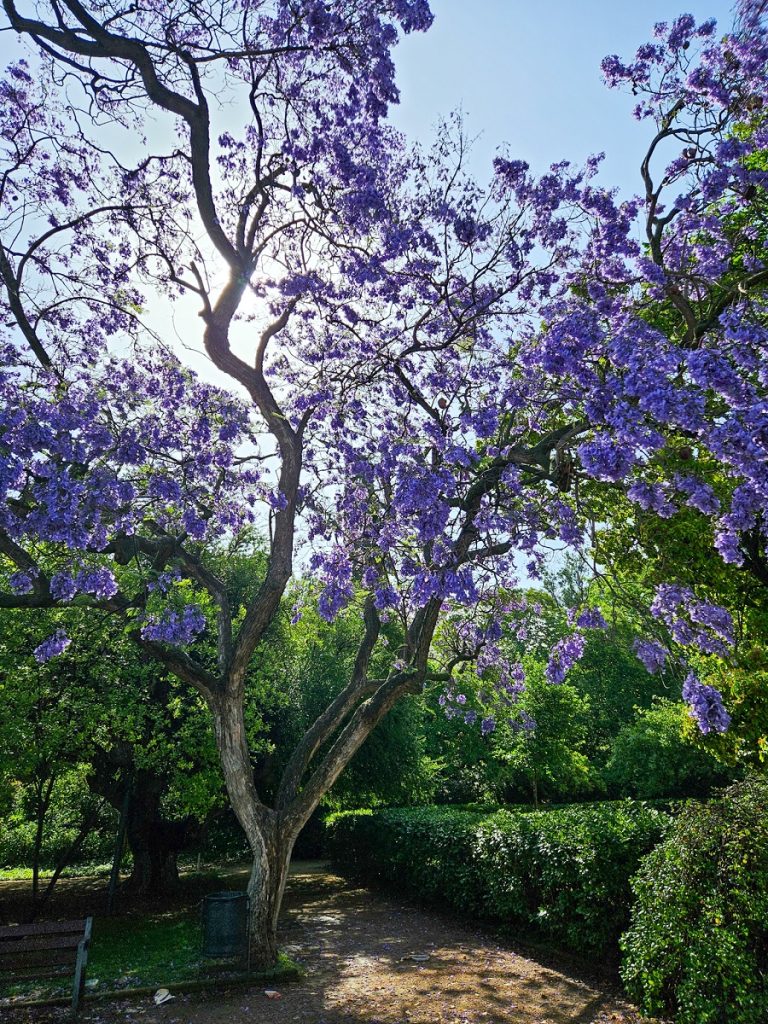
More gardens (L) and view from part way up the mountain (R)
How to get to Montju?c
- By Metro – there are two stations servicing Montju?c; on one side of the mountain is Espanya on the red line, and on the other is Paral-lel on the green line. Both stops only bring you to the base of the mountain so you will then have to walk or take other options listed below to head upwards. The mountain has 3 levels – the ground level where the metro stops are, the mid-level where most of the museums and Olympic stadium are, and the peak which is home to the Castle.
- By Bus – lots of stops on both sides of the mountain at the mid-level are serviced by the Barcelona hop on-hop off bus red route. If you’re wanting to explore Barcelona this is a great option to move about the city quickly as things aren’t very close together. You could also get local buses a lot more cheaply – lines 13, 55, 150, 23 and 125 all serve Montju?c.
- By Foot – If you arrive at either Espanya Metro Stop, you can walk up to the mid-level fairly easily. In fact, most of it is covered by escalators so it really didn’t take me long. From Paral-lel it’s recommended you take the funicular to Parc de Montju?c on the mid-level, which runs from the Metro station.
- By Cable Car – Just outside the Parc de Montju?c metro station, you will find the steps up to Montju?c Teleferic (Cable Car). This takes you up to the castle, and the Mirador viewing point at the top of the mountain. You could also walk, but it’s steep and a slog.
Things to do in Montju?c
I’ve ordered the below things to do in a sensible way if you want to spend a full day in Montju?c, arriving in to the metro stop on one side of the mountain (in my case Espanya), and exiting on the other (Paral-lel). If you’re only interested in one or two attractions, then you can choose the best transport options above to suit.
Placa d’Espanya & Monument de les Quatre Columnes
I arrived in to Espanya expecting to pop out in to the beautiful Placa d’Espanya; it wasn’t quite what I expected. It was basically a massie traffic roundabout with building work going on everywhere and the Monument in the centre of the roundabout was surrounded by skips. Not a highlight.
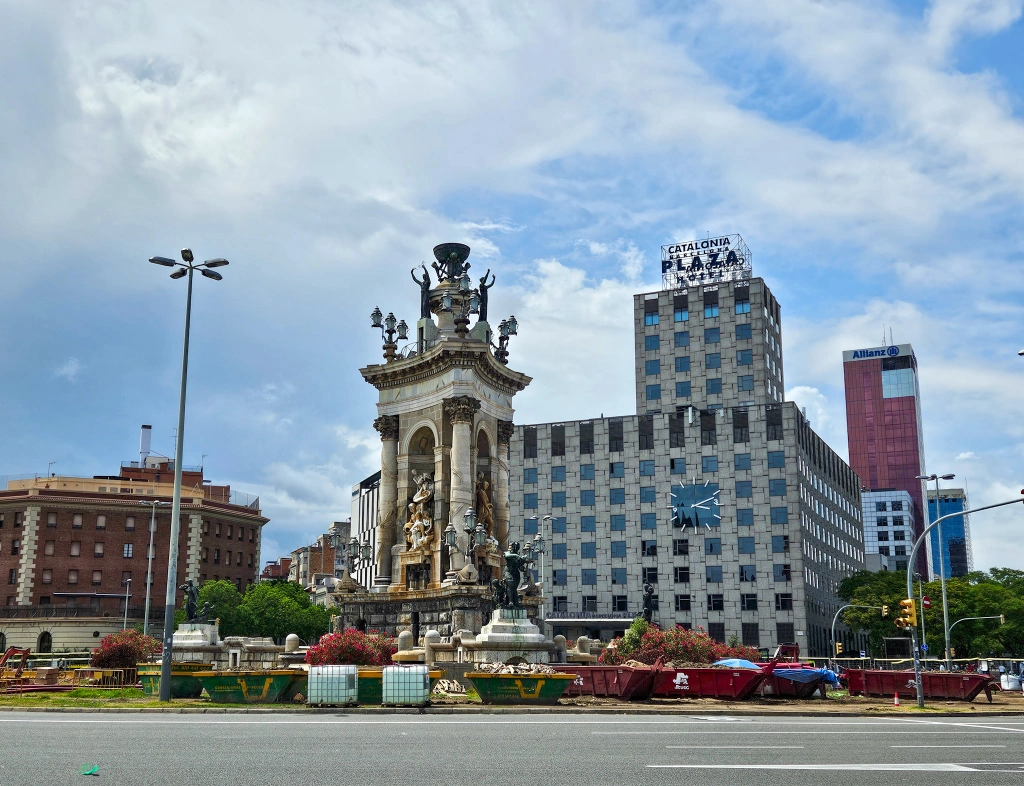
Font Magica and MNAC (Museum of Catalan Art)
Font Magica: Currently closed. Price: Free.
MNAC: Opening hours 10am – 6pm, 10am – 3pm Sunday, Closed Monday. Price: EUR12.
From the Placa d’Espanya it’s a short walk to the base of the Font Magica (Magic Fountain), which has been closed since 2023 due to a water shortage so that was another bummer on my itinerary. HOWEVER, the walk/escalator ride up from the fountain to the MNAC at the top was STUNNING.
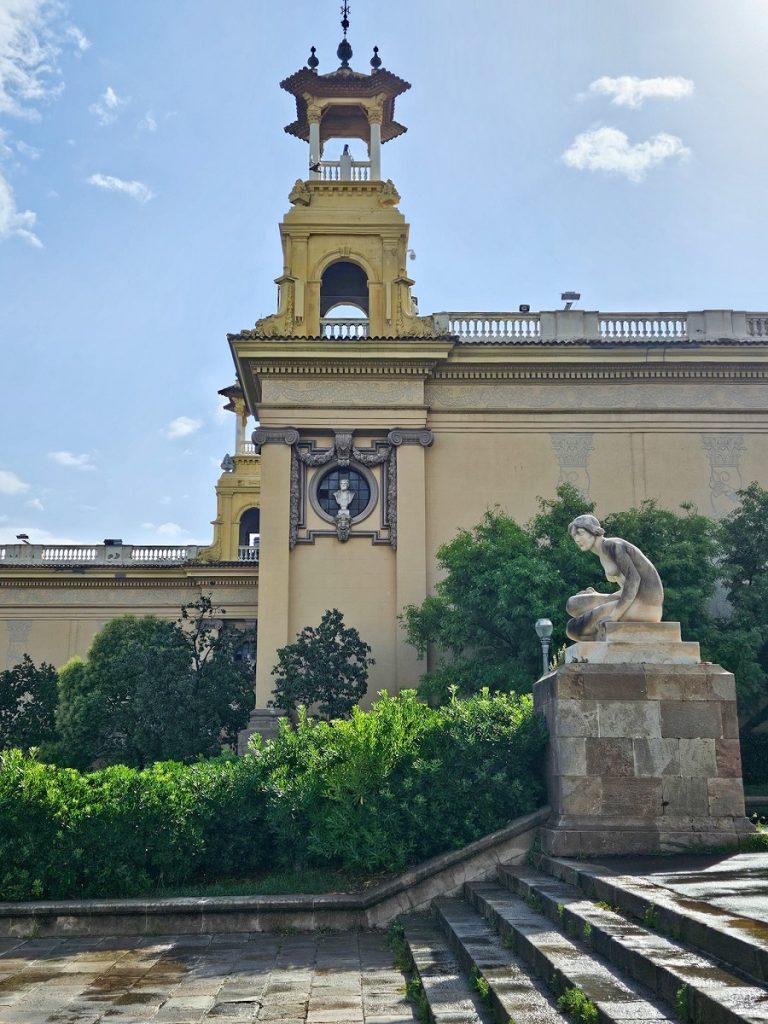
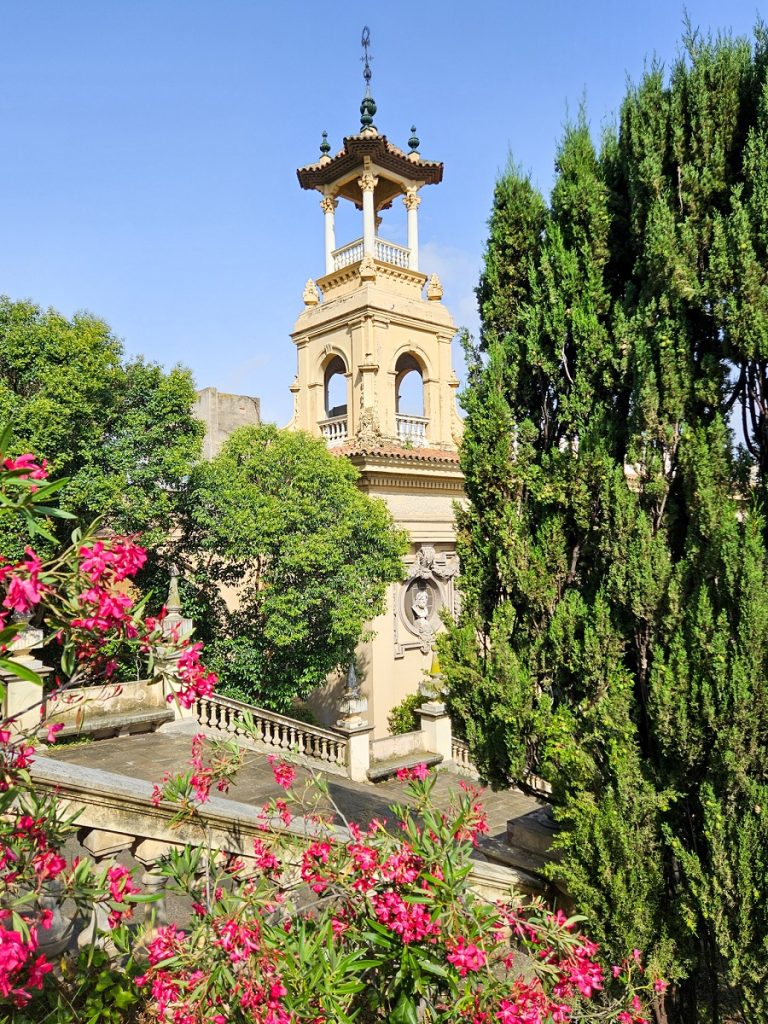
More views on the walk up
I arrived at the MNAC for opening at 10am, and spent 1.5 hours exploring. I’ll be honest, I’m not an art fan and the Medieval religious art was too heavy going for me so I enjoyed a couple of Picasso’s and moved on to other things. Sorry I’m a heathen, art fans.
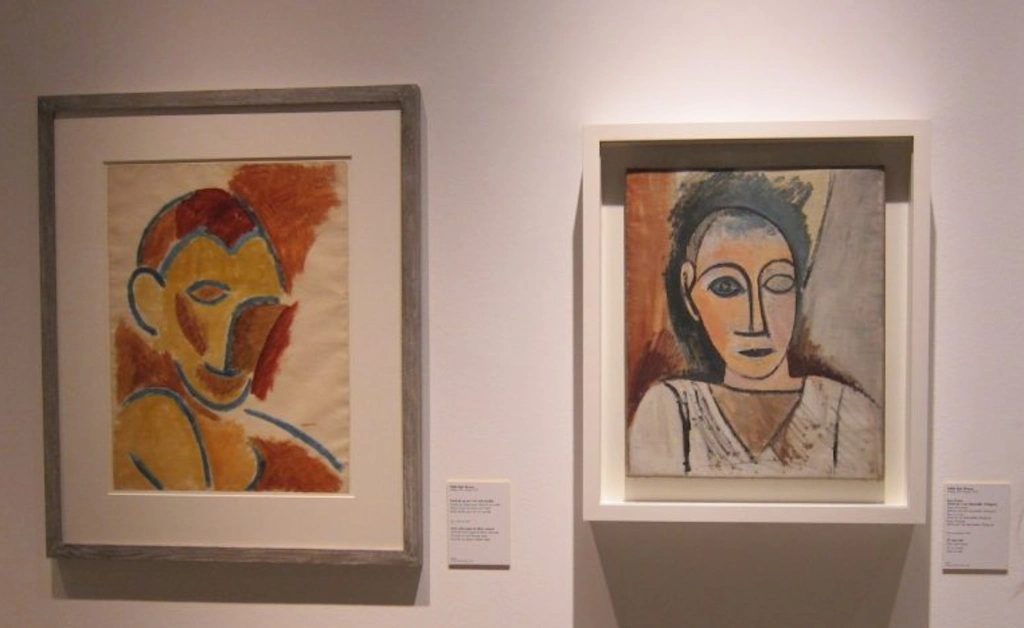
Olympic Stadium
Opening Hours: 8am – 8pm. Price: Free.
With excitement, I headed up a few more escalators to the mid level of the mountain to see the Olympic Stadium. Whilst Atlanta 1996 will always be the Olympic pinnacle for me (Michael Johnson and his golden shoes cemented my athletics devotion whilst I was in primary school), 1992 holds two very clear memories for me. I’d have only been a toddler, but the events registered, capturing my imagination and fuelling a life time obsession with the Olympics.
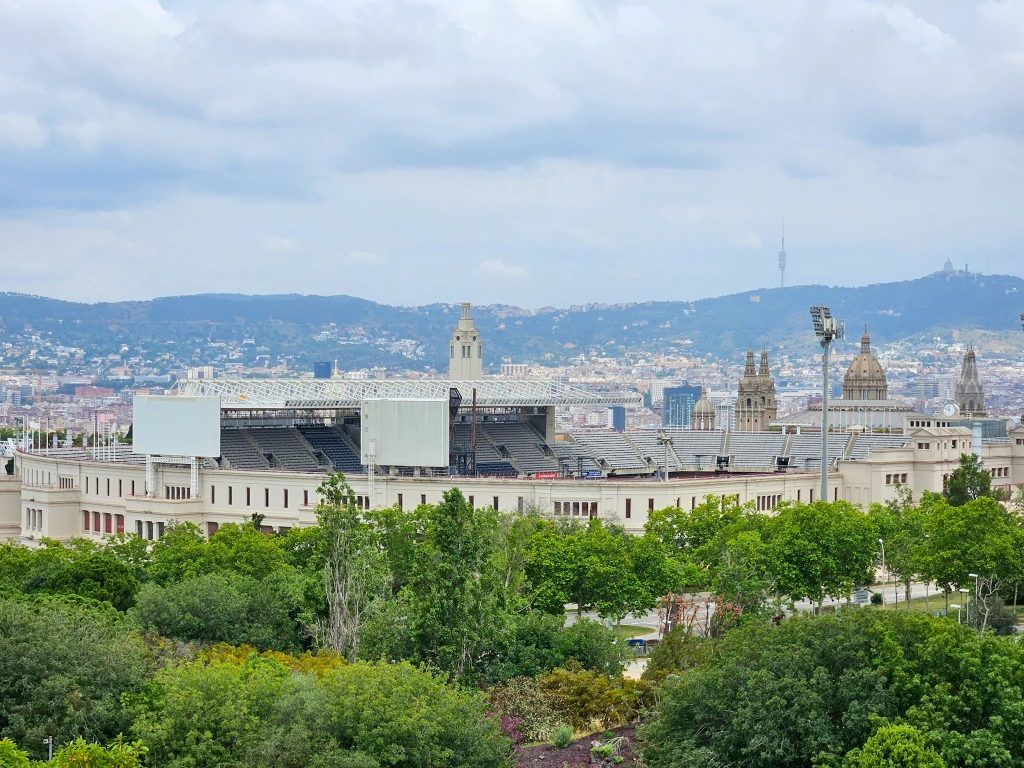
I pretty much ran along to the Stadium entrance to find it…. closed for a Rammstein concert. I could have cried. 20 years later and all I got was the same view I got when I was a teenager – the outside from the road. I at least went in the nice park next door.
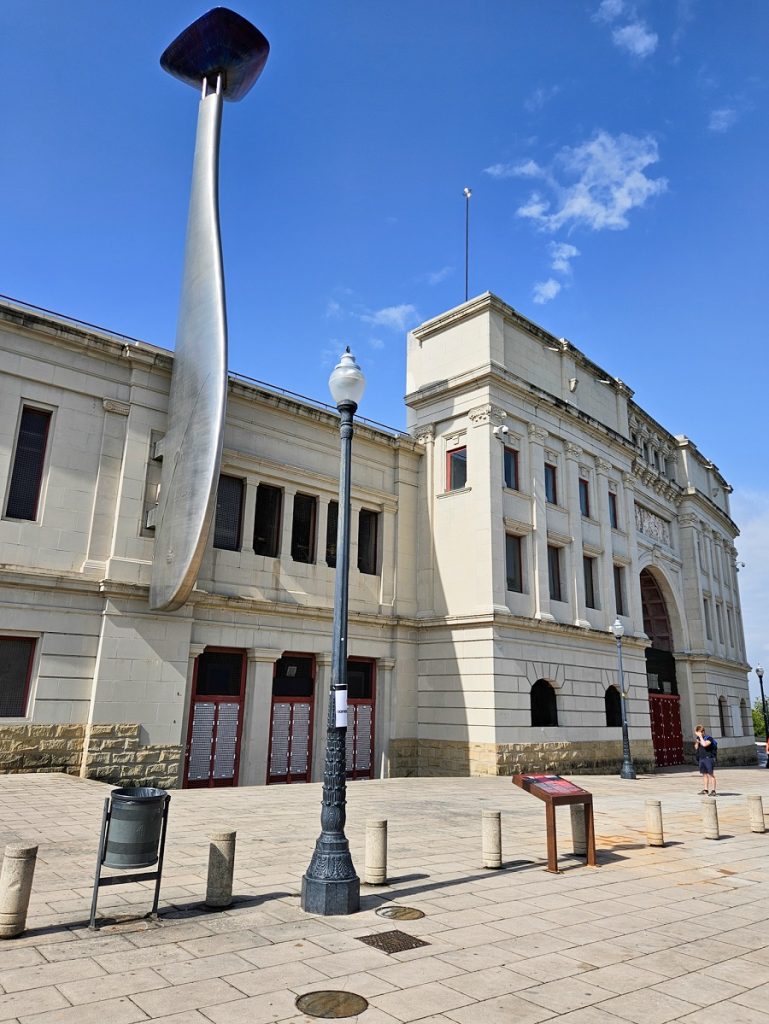
Sport & Olympic Museum
Opening Hours: 10am – 7pm, Sunday 10am – 2.30pm, Monday closed. Price: EUR5.80.
My guidebook (Rough Guides) reads “The Olympic Museum is a fully interactive experience, with lots of sports gear and memorabilia displayed, but even so it’s probably one for true hardcore Olympics fans only”. I’m not sure why but somehow this paragraph felt offensive to all ‘true hardcore’ Olympics fans, and disgusted I was determine to prove the book wrong.
I did (sort of) prove the book wrong, but not in the way I wanted to. I can safely say, as a ‘true hardcore’ Olympic fan, the museum wasn’t worth it. In fact, I’d say if you’re a ‘true hardcore’ don’t go – as it’s just infuriating. The museum is modern and well done, but lacks depth. At risk of sounding snobby, I think I knew more than the museum – for example, it had a section for each Olympic games, but there in 1972 was Sally Gunnell winning a gold medal…but she was 7 years old in 1972 and didn’t win gold until 24 years later. There are also sections dedicated to every sport, not just Olympic sports. And there in the ‘American Football’ section is an explanation that the Super bowl is played between the champions of the East and West divisions… which it’s not. On the plus side it told me ‘the aim of football is to pass a ball through between two posts’ which I’m glad to learn, as I had no idea….. eye roll
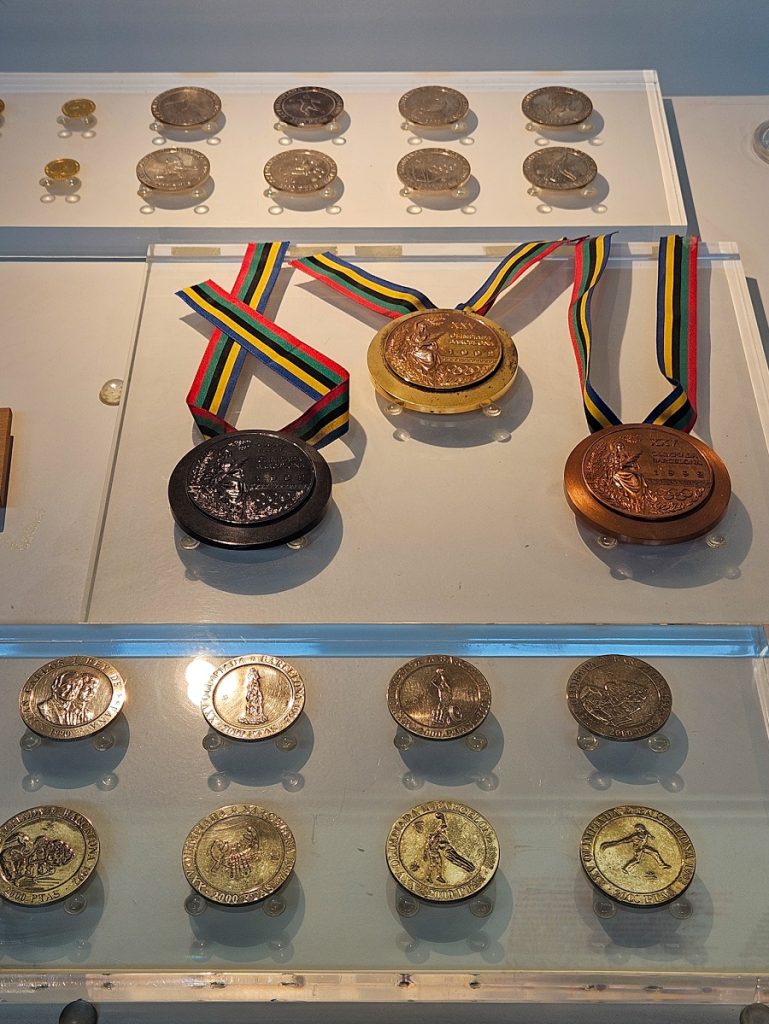
I’d actually say if you’re NOT an Olympic/sports fan – go, you’ll learn something and there are loads of cool interactive things which is also great if you have kids in tow. But if you ARE an Olympics fan – don’t bother as you’ll just want to rip up the displays and re-do them (sorry!).
Barcelona Botanical Gardens
Opening Hours: 10am – 8pm daily. Price: EUR 3.50.
After a relatively disappointing start to the day, the next few stops were really a joy. Whilst no European Botanical Garden will live up to Gothenburg, Barcelona’s was a bit different – housing plants that thrive in a Mediterranean climate. It’s only a 5 minute walk from the Olympic Museum and I spent an hour wandering and enjoying all the plants – there is also a beautiful Bonsai tree exhibition which was so cool to see.
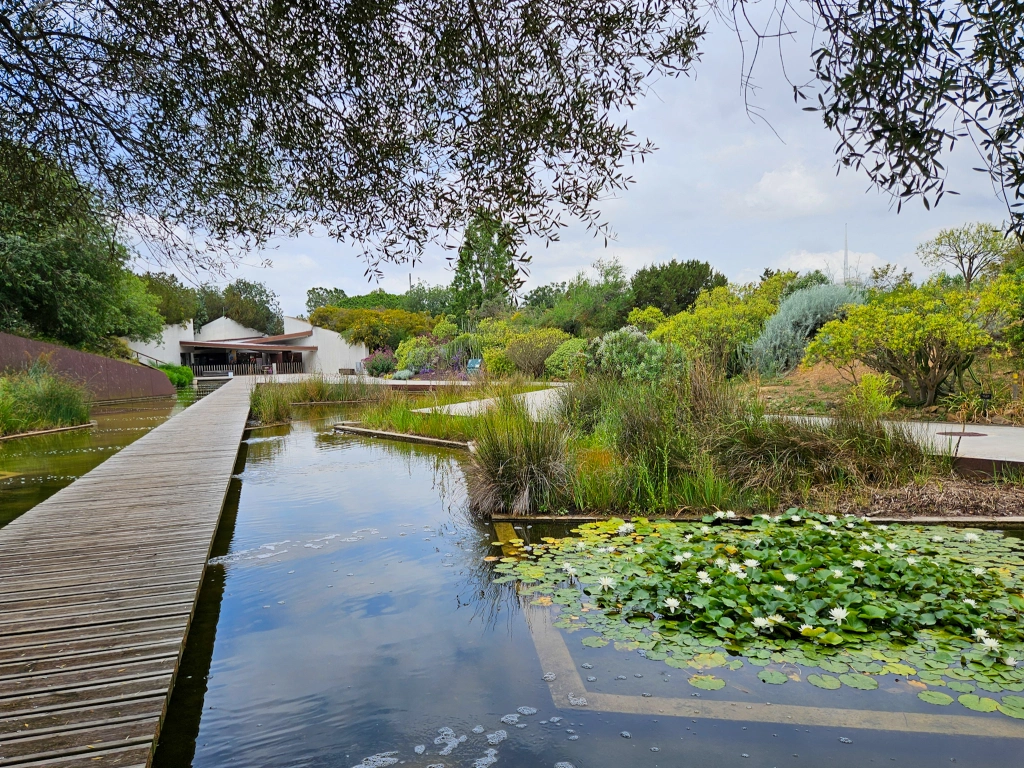


Love me some flower photography!
Laribal Gardens
Opening Hours: 10am – 9pm. Price: Free.
On to the next set of gardens, and the Laribal Gardens are just stunning. With lovely winding trails they were beautiful to stroll through on the way through to the museums.
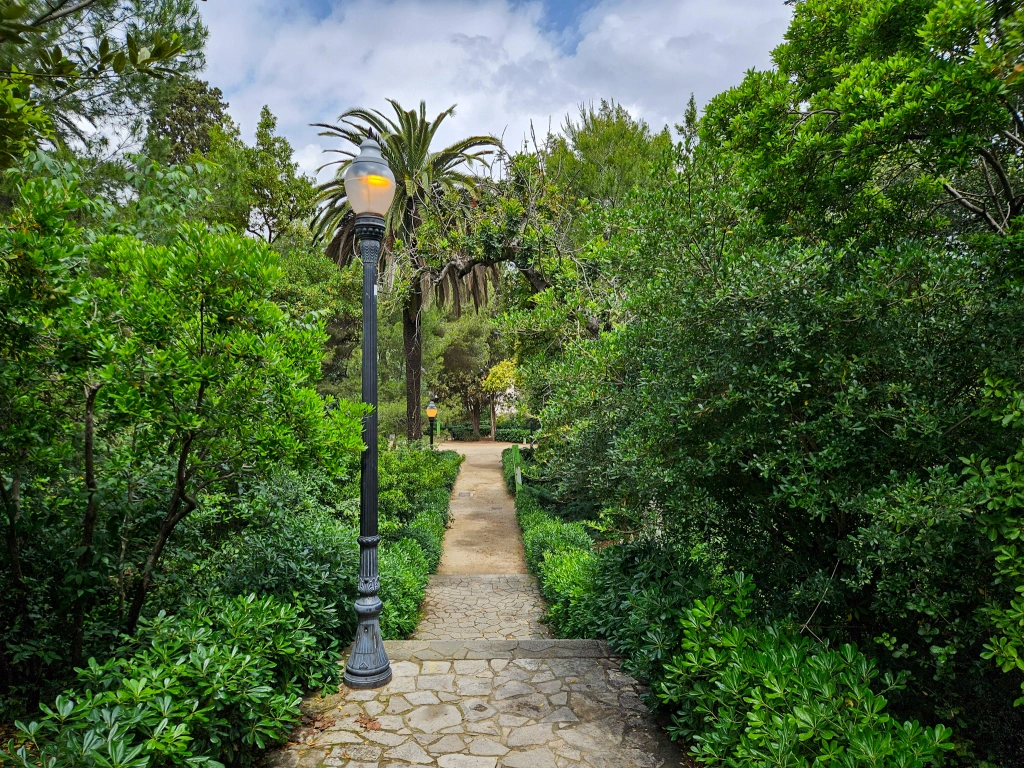
Museum of Archaeology, Ethnological Museum or Foundacio Joan Miro
Opening Hours: Varies, please check individual Museum website. All closed on Mondays.
The mountain mid-level has an array of brilliant museums to choose from, and I decided to give art another chance, picking the Foundacio Joan Miro. Miro was a local Catalan artist, and to me it basically looked liked his drawings were scribbles in a notebook that he then sculpted or painted. When I googled him afterwards, I discovered that’s what they were. I preferred this to MNAC, it was kind of fun.
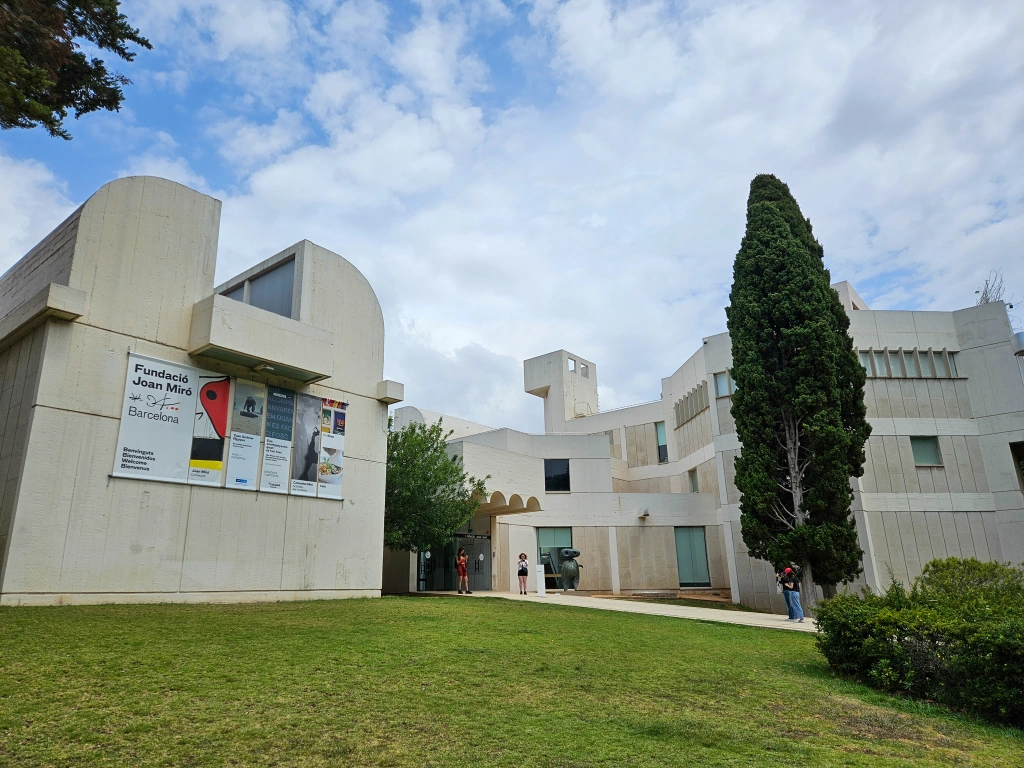
Montju?c Cable Car & Mirador Viewpoint
Opening Hours: 10am – 9pm daily. Price: EUR16 (online discount 10%).
At this point in the day, I decided to head to the top of the mountain. Across the road from the Foundacio Joan Miro is the Montju?c Cable Car. You have to queue up the ramp (and caution, it gets busy!). If you buy online in advance there’s no queue jump – it saves you money but you just get a voucher you have to exchange at the ticket desk, so the ticket desks just accept voucher, card or cash and then you’re allowed to board so either way you have to queue.
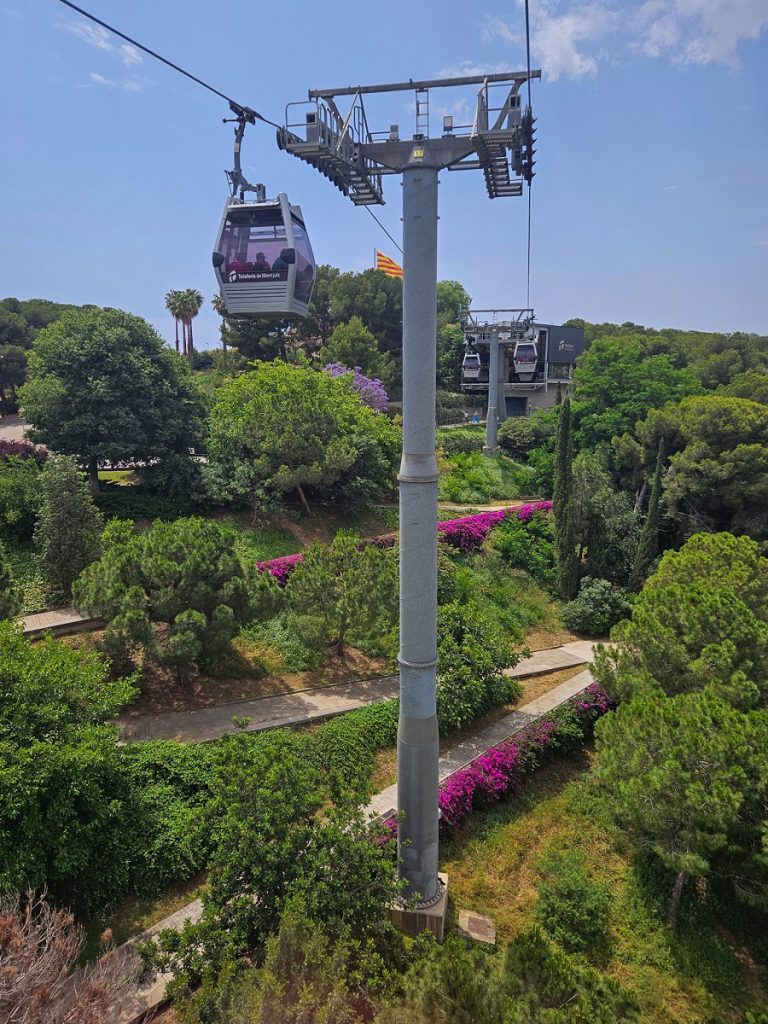
Riding the cable car
The cable car ride up is fun, and takes you up to both the Castle and the Mirador viewpoint. The views out across the sea and back towards Barcelona are lovely.
Montju?c Castle
Opening Hours: 10am – 8pm. Price: EUR12.
One of my favourite stops of the day was Montju?c Castle where I learned a lot and enjoyed strolling the fortifications. Dating back to the 1600s, the Castle here was established as a defensive fort, and it played a pivotal role in Catalan defense against both Spanish and French rule, especially during the War of Spanish Succession. Barcelona has historically seen itself as Catalan (which was then an independent state) rather than Spanish, and both languages are recognised as official here today. Catalan is the spoken, local, language.
Most recently, it is infamous for its role in the Spanish Civil War, when Fascist General Franco seized power from 1939 – 1975. During this time the Castle was used to imprison and execute those it deemed not aligned with the Spanish Dictator – the most famous of which was Lluis Companys, who was executed in 1940 for being the President of Catalonia.
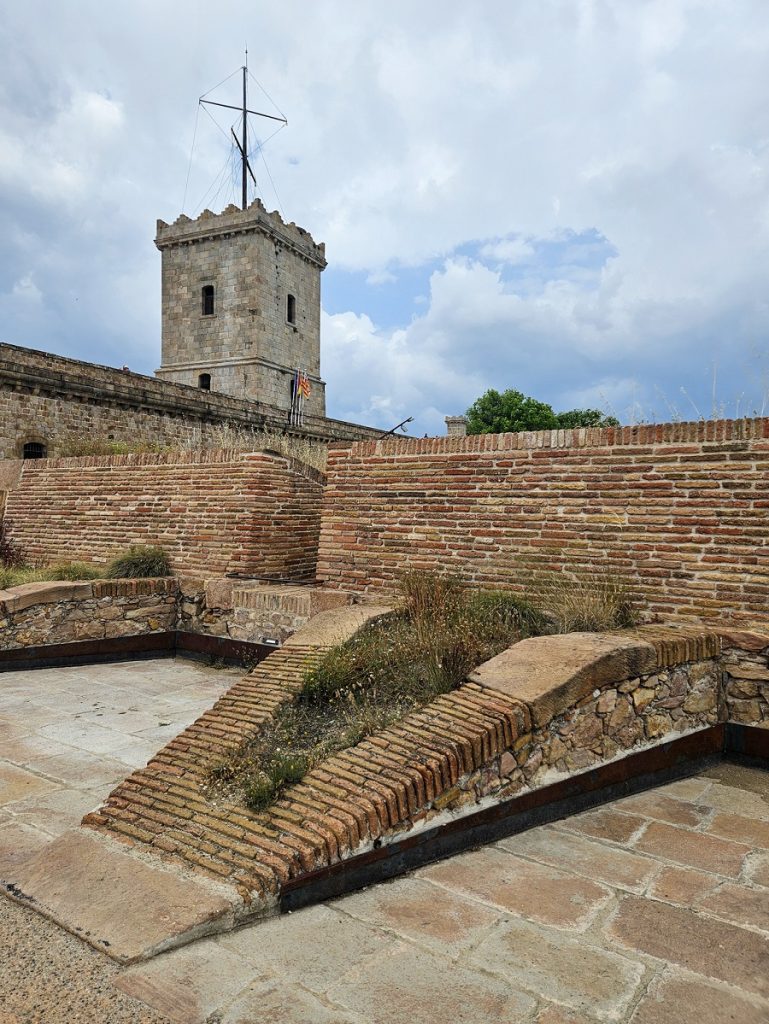
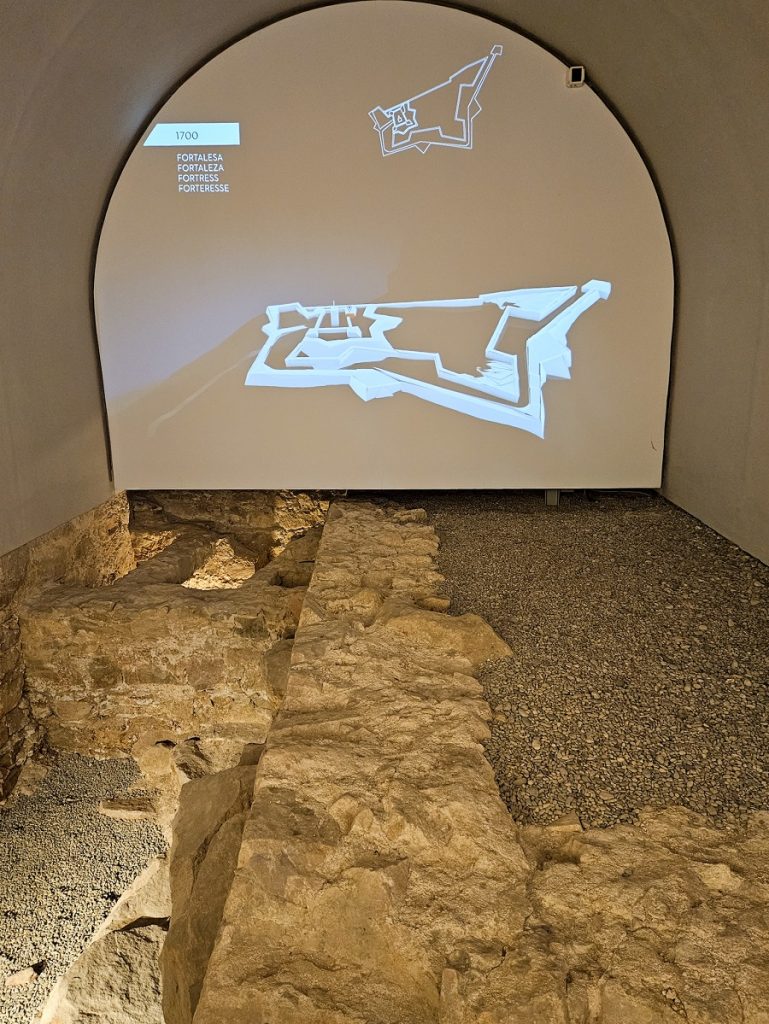
Exploring inside
Poble Sec incl. Refugi 307
Opening Hours Refugi 307: Open Sunday 10am – 2pm only, or by pre booked appointment daily. Price: EUR3.40.
After exploring the castle, take the cable car back down to Parc de Montju?c. From there, you can walk down to the historic district of Poble Sec, which is a really lovely area to stroll around. It’s made up of steep street and beautiful residential buildings. It’s also perfect as a place for lunch or dinner, and houses an array of interesting museums in itself.
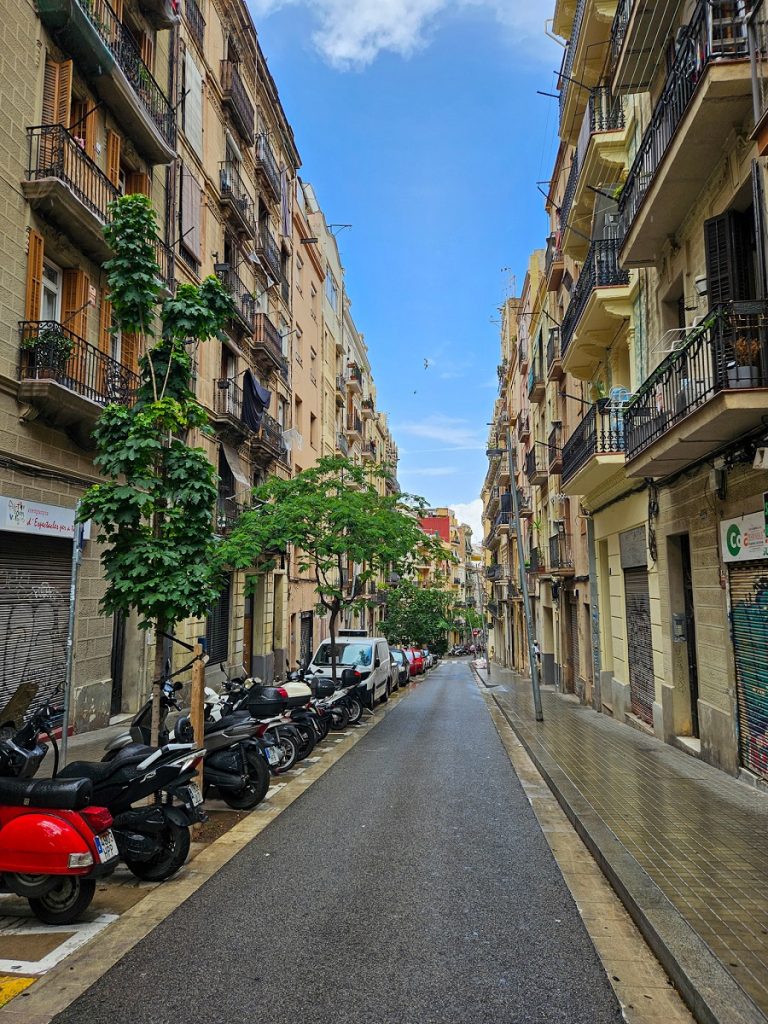

Pretty streets
I personally recommend Refugi 307 to learn more about the Spanish Civil War. The site houses a Civil War air raid shelter, dug in to the hillside by the locals to house up to 2,000 people and keep them safe from Franco’s bombs. You can explore the tunnels and read the boards that explain the history of the war.
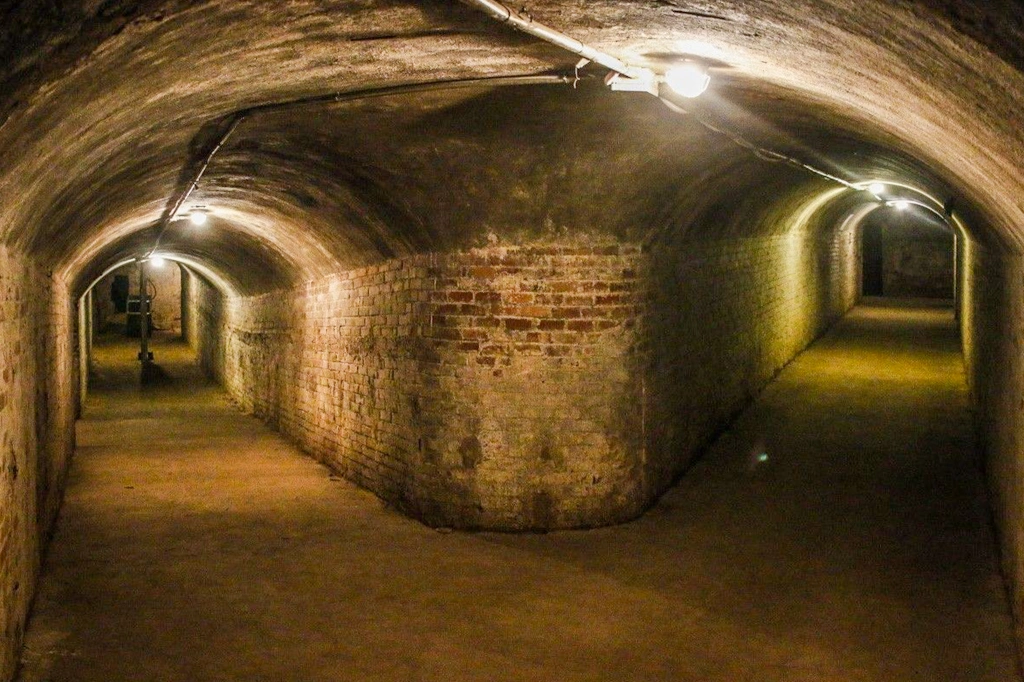
Where to eat in Montju?c
Breakfast: Tartela
If you’re starting your day at Espanya as I did, then there’s only one choice for breakfast – the absolutely delicious Tartela. A beautiful local Café, full of locals, the pancakes were out of this world – probably the best I’ve ever eaten. There’s also a good selection of eggs, yoghurts and other typical breakfast fare on offer.
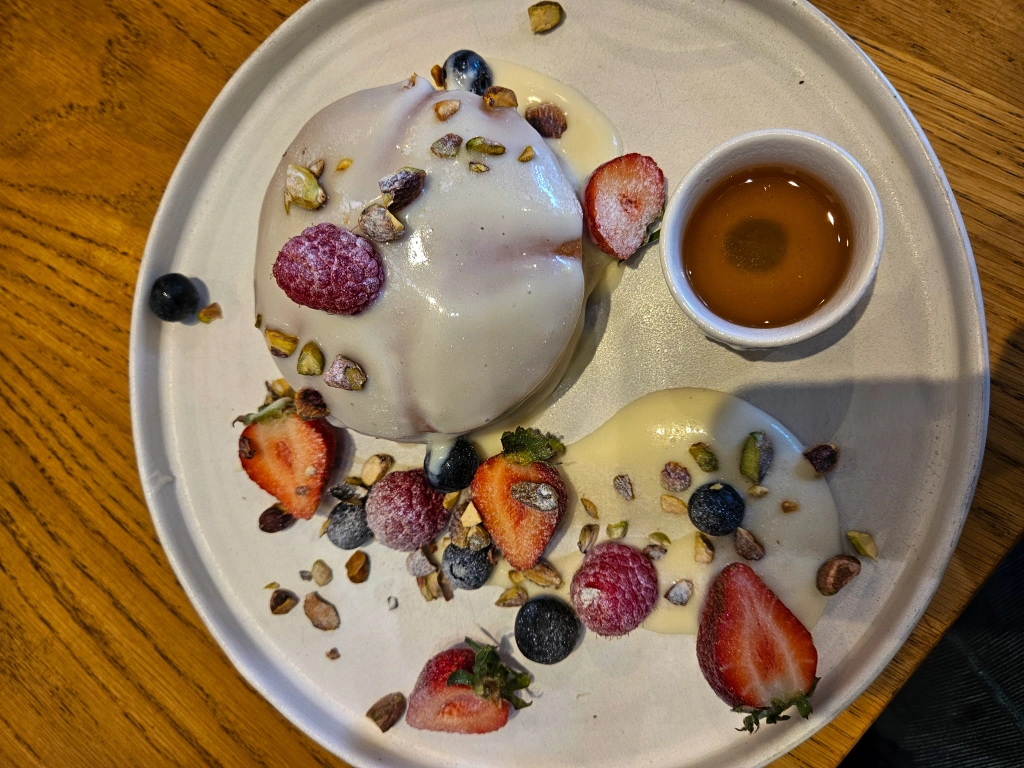
Lunch: El Xalet or Terrassa Martinez
There aren’t loads of options for food on the mountain. The best option directly at the tourist sites is in Montju?c Castle, where the café serves a nice selection of snacks and tapas, as well as ice-cream.
However, without doubt the best option for food on the mountain is either El Xalet or Terrassa Martinez. A short walk from one of the Cable Car stops, both are wonderful restaurants set overlooking the coastline, and serving the most delicious paella, fish and steak.

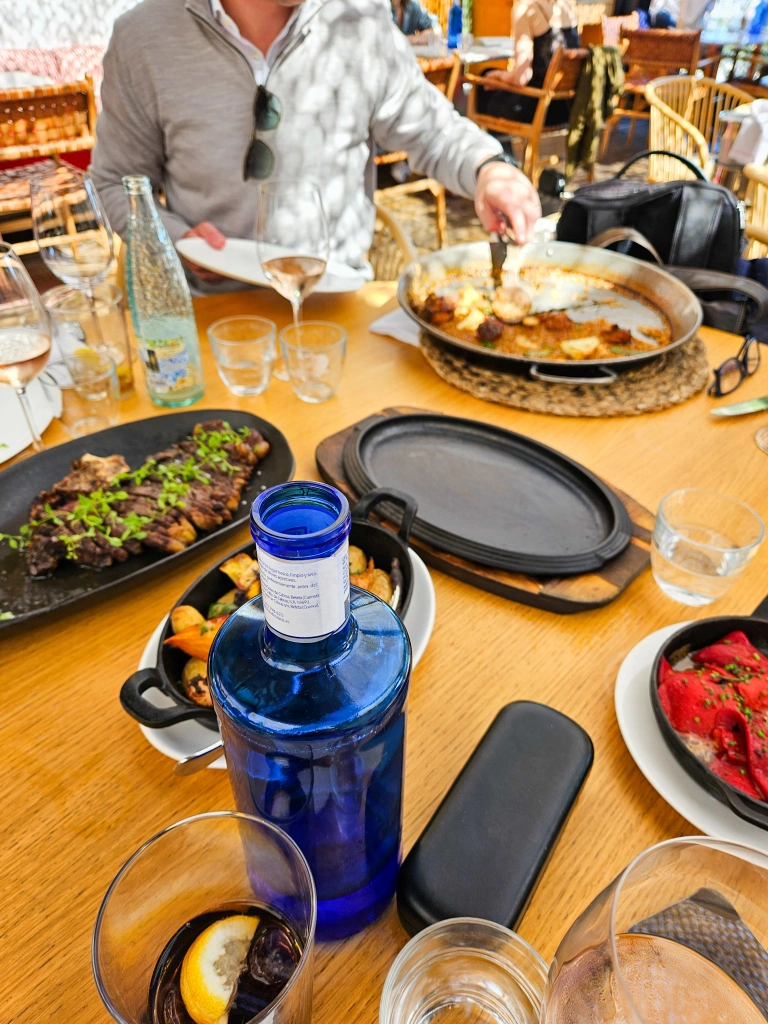
In Terrassa Martinez
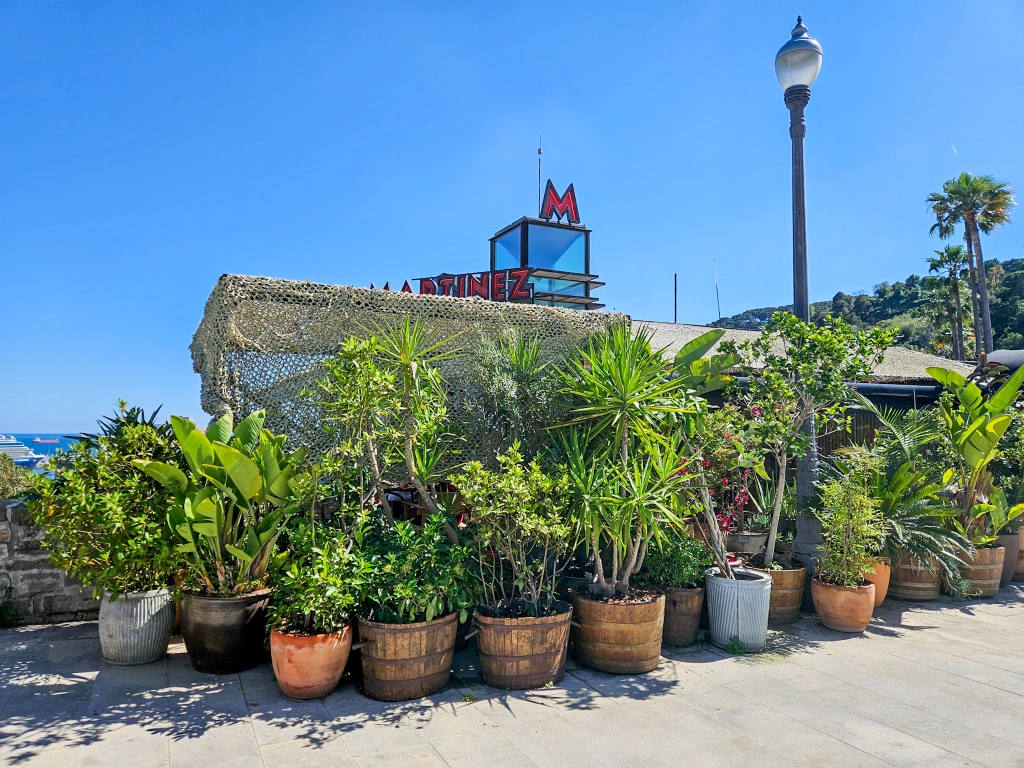
Dinner: Poble Sec Restaurants
Poble Sec, at the bottom of the mountain, is an authentic residential area, with loads of lovely local restaurants and ‘hole in the wall’ bars serving traditional croquettes and such. The highlight has to be Quimet i Quimet, Poble Sec’s cosiest tapas bar which was incredible. Bella Napoli is also great for pizza and pasta and you’ll find open hole in the walls round every corner. Cerveceria Jazz is hard to beat if you fancy a burger and some great music, and La Tieta serves some great drinks and tapas. A perfect way to finish off your day!
So there you have it, my guide to the Montju?c area of Barcelona, an area a bit off the main tourist trail, but well worth a day of your time if you have it to spare. Barcelona has really made the most out of its mountain.

